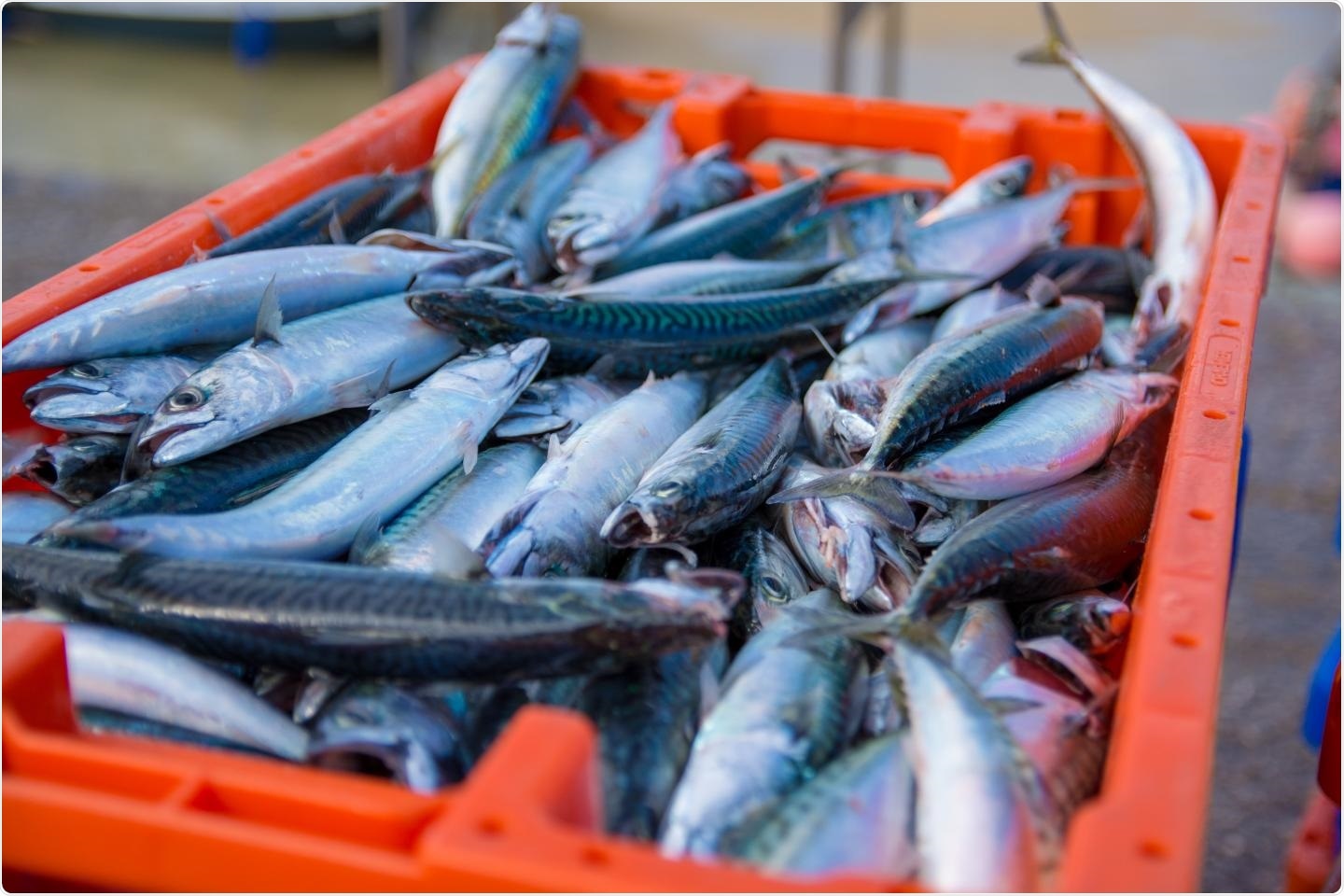For people buying food products, there is no way to determine the safety and quality of food that is delivered to their plates by existing distribution systems.

Spoiled food, especially fish, can have high levels of histamine, which can be dangerous to humans; thus, it is important to devise methods for the detection of such harmful chemicals in food. Image Credit: Unsplash.
Regrettably, improper refrigeration can, at times, cause food spoilage, which is usually hard to identify. One example is mackerel fish, which instantly develop dangerous levels of a substance, known as histamine when left for a long time at room temperatures.
Histamine is known to be neurotoxic and can cause severe allergic reactions, such as diarrhea, vomiting, and rashes. Considering that spoiled fish can, at times, smell and look absolutely normal, it is crucial to precisely measure the concentrations of histamine in fish samples to make sure that the quality of food has been correctly maintained during storage and transportation.
While there are many methods to identify the presence of histamine, they usually involve bulky and costly equipment and also the presence of a qualified analyst.
Hence, to resolve these drawbacks, a team of researchers from Chung-Ang University in Korea has recently developed a novel quantification technique that is simple, affordable, and effective at the same time.
In their research work, which was headed by Professor Tae Jung Park and Jong Pil Park, the researchers have explained their innovative method based on the use of a protein that strongly attaches to histamine and on the use of fluorescent carbon nanoparticles. The study was published in the Biosensors and Bioelectronics journal.
The team initially searched for peptides—short chains of amino acids—that have a maximum selectivity and affinity against histamine. To achieve this, the researchers used phage-display technology, where the exterior proteins of genetically altered viruses are utilized to verify the chemical interactions. The team screened with a large library of peptides and eventually identified the best one, known as “Hisp3”, for their purposes.
The researchers subsequently created fluorescent carbon nanoparticles known as “carbon quantum dots (CQDs)” and coated them with a naturally occurring compound, called -Acetyl-L-Cysteine (NAC), that also attaches to the Hisp3 peptide.
The CQDs are fluorescent, which means they re-emit the captured energy at a lower, visible frequency when irradiated with ultraviolet light. But their fluorescence is “quenched” when the Hisp3 peptide is introduced to the mix, which attaches to the NAC and protects the surface of the CQDs.
This final part is important to the technique because when a sample containing histamine is combined with the CQDs; the Hisp3 peptide unbinds from the NAC and then attaches to the histamine, restoring the CQDs’ original fluorescence levels in direct relation to histamine concentration.
The concentration or intensity of histamine in the sample can be indirectly measured by evaluating the initial and final CQDs’ fluorescence levels using a handheld UV-irradiation flashlight or a fluorescence detection instrument.
The recommended approach was confirmed using fish samples with familiar histamine levels as well as other proven methods. Unexpectedly, despite being simpler, the new technique turned out to be more robust than the present ones.
We managed to accurately measure histamine concentrations ranging from 0.1 to 100 parts per million, with a limit of detection as low as 13 parts per billion. This means our approach is not only more convenient but also more effective and sensitive than those currently available methods.”
Tae Jung Park, Professor, Chung Ang University
The new method can thus detect dangerous levels of histamine and can also review the quality and state of food products.
While the detection of histamine as a harmful factor is important, our approach can further serve to objectively measure the quality and freshness of food, thereby contributing to increasing food safety and benefitting consumers.”
Tae Jung Park, Professor, Chung Ang University
The proposed technique could also be applied using other types of peptides to precisely establish the concentration of diverse chemicals in biomedical specimens and food samples. If implemented by the food and medical diagnostic sectors, the new technique could offer people the much-needed assurance that the food consumed by them and the environmental conditions they live in are completely safe.
Source:
Journal reference:
Shi, R., et al. (2020) Fluorescence detection of histamine based on specific binding bioreceptors and carbon quantum dots. Biosensors and Bioelectronics. doi.org/10.1016/j.bios.2020.112519.